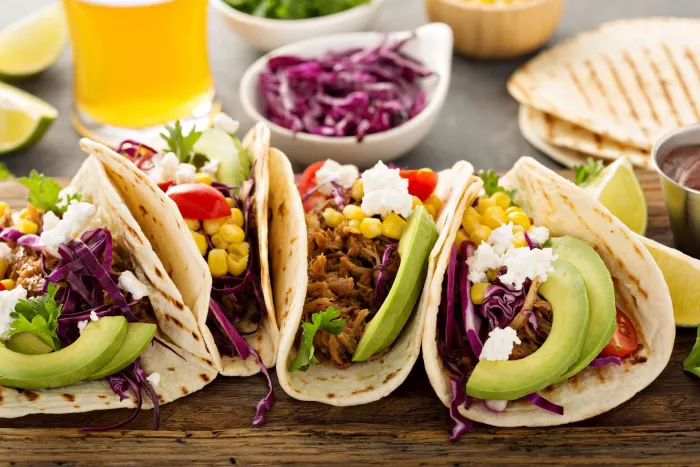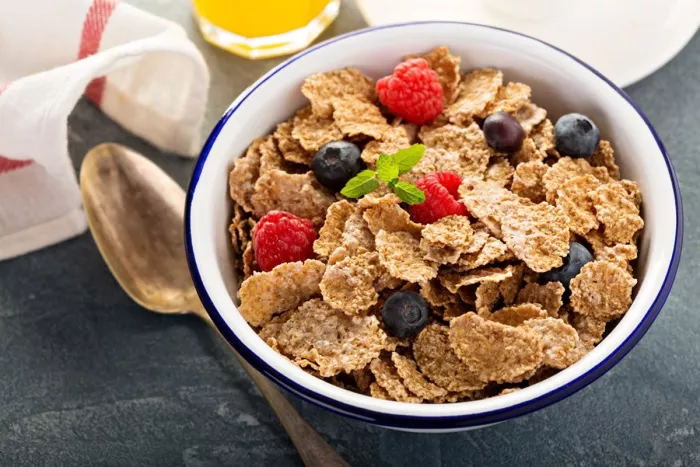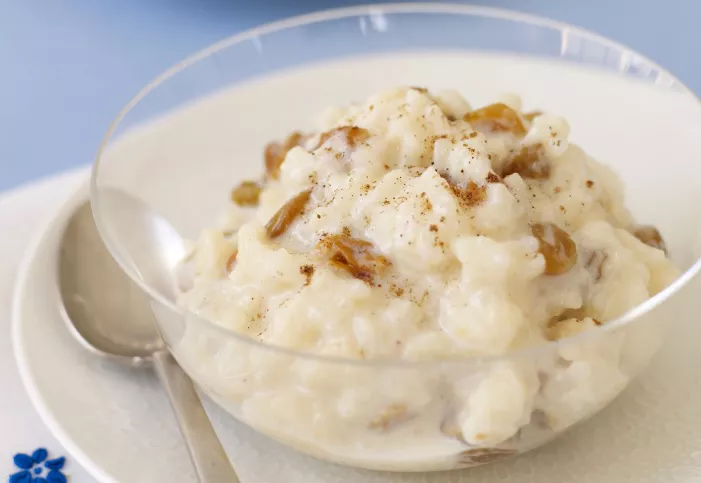Mexican cuisine is known for its rich flavors and diverse ingredients. While it can be delicious and satisfying, it’s also notorious for being high in calories and unhealthy fats. However, there are many nutritious and flavorful options to choose from when dining out at Mexican restaurants. In this guide, we’ll explore the healthiest Mexican food choices available, from traditional dishes to modern interpretations, so you can enjoy the flavors of Mexico while making choices that support your well-being.
The Basics of Mexican Cuisine
Before diving into specific dishes, let’s take a moment to understand the foundations of Mexican cuisine. Traditional Mexican food emphasizes fresh, whole ingredients, such as fruits, vegetables, lean proteins, and legumes. Herbs and spices like cilantro, cumin, and chili peppers add bold flavors without the need for excessive salt or unhealthy fats. Corn and beans are staples in Mexican cooking, offering essential nutrients and dietary fiber.
Choose Grilled Over Fried
One of the keys to making healthier Mexican food choices is to opt for grilled or roasted items over fried ones. Many Mexican dishes can be prepared using healthier cooking methods, preserving the flavors while reducing the calorie and fat content. For example, instead of ordering fried chimichangas or taquitos, go for grilled chicken or vegetable fajitas. Grilled options not only retain the authentic flavors but also keep the meal lighter.
Favor Lean Proteins
Protein is a vital component of any diet, and Mexican cuisine offers numerous opportunities to incorporate lean sources of protein. Choose dishes that feature lean meats such as grilled chicken, turkey, or lean cuts of beef. Seafood options like grilled fish or shrimp are also excellent choices. Legumes like black beans, pinto beans, and lentils are rich in protein and fiber, making them a nutritious addition to your meal.
Embrace Whole Grains
Many Mexican dishes are centered around grains, with corn being a staple ingredient. When selecting dishes, opt for whole grain options when available. Whole grain tortillas, brown rice, and whole wheat flour tortillas offer added fiber and nutrients, providing a more balanced and nutritious meal. These options can help regulate blood sugar and promote overall digestive health.
Load Up on Veggies
Vegetables play a prominent role in Mexican cuisine, so take advantage of this by incorporating them into your meal. Fajitas, salads, and vegetarian dishes offer an abundance of colorful, nutrient-rich vegetables. These options not only provide vitamins and minerals but also add texture and variety to your meal. Salsa, guacamole, and pico de gallo can be excellent ways to enjoy fresh veggies while adding a burst of flavor.
Moderate Dairy and Cheese
While cheese is a beloved ingredient in Mexican dishes, it’s crucial to consume it in moderation. Cheese can be high in saturated fats and calories, so choose dishes that use cheese sparingly or opt for reduced-fat versions when possible. If you’re a fan of dairy, consider toppings like yogurt or a dollop of Greek yogurt as a healthier alternative to sour cream.
Mind Your Portions
Portion sizes in Mexican restaurants are often generous, which can lead to overeating. Be mindful of your portions and consider sharing dishes with friends or family to help control your intake. You can also request a to-go box when your meal arrives, immediately portioning out what you plan to take home. This approach allows you to enjoy your favorite Mexican dishes without feeling compelled to finish everything in one sitting.
Healthy Mexican Food Options
Now, let’s explore specific Mexican dishes and options that align with a health-conscious dining approach:
Grilled Chicken or Shrimp Fajitas: Fajitas, featuring grilled chicken or shrimp, are a fantastic choice. Loaded with bell peppers and onions, these dishes are colorful, flavorful, and rich in lean protein. Serve them with whole wheat tortillas for a balanced meal.
Taco Salad: A taco salad can be a satisfying and healthy choice. It typically includes lettuce, lean ground beef or turkey, beans, and fresh salsa. Skip the fried taco shell and opt for a bowl-shaped tortilla or lettuce cups.
Enchiladas Verdes: Enchiladas verdes are enchiladas with a tangy green sauce made from tomatillos. Choose chicken or vegetable fillings and request corn tortillas for a gluten-free option.
Ceviche: Ceviche is a refreshing and low-calorie seafood dish. It typically features fish or shrimp “cooked” in lime juice, mixed with tomatoes, onions, and cilantro. It’s a nutritious, protein-rich choice.
Tacos Al Pastor: Tacos Al Pastor are traditionally made with marinated, spit-grilled pork, but you can find variations with leaner proteins like chicken or beef. Opt for soft corn tortillas and load up on salsa and veggies.
Bean Burritos: Bean burritos are an excellent option for vegetarians. They’re typically packed with black or pinto beans, rice, salsa, and vegetables. Request whole wheat tortillas for added fiber.
Mexican Soup (Sopa de Verduras): A warm bowl of Mexican vegetable soup can be a comforting and nutritious choice. It usually contains vegetables, such as carrots, zucchini, and corn, in a flavorful broth.
Tostadas: Tostadas are open-faced tacos with a crispy tortilla base. Choose toppings like lean proteins, beans, and a variety of vegetables. Be cautious with the amount of cheese and sour cream used.
Mexican cuisine offers a wide range of flavors and dishes, and with some careful choices, you can savor the taste of Mexico while prioritizing your health.
























